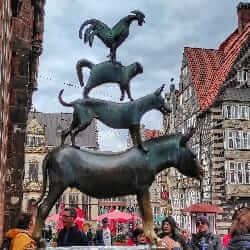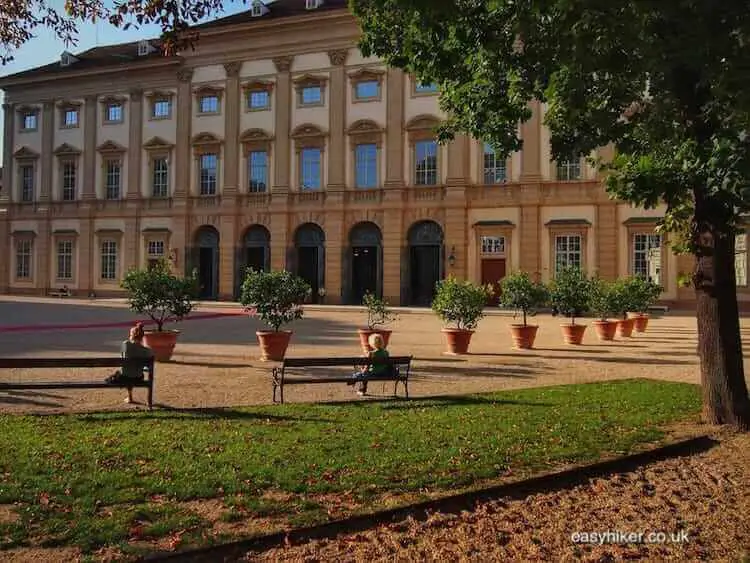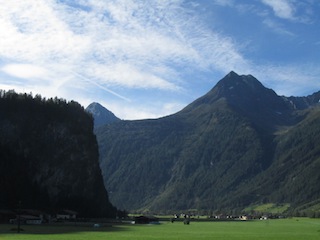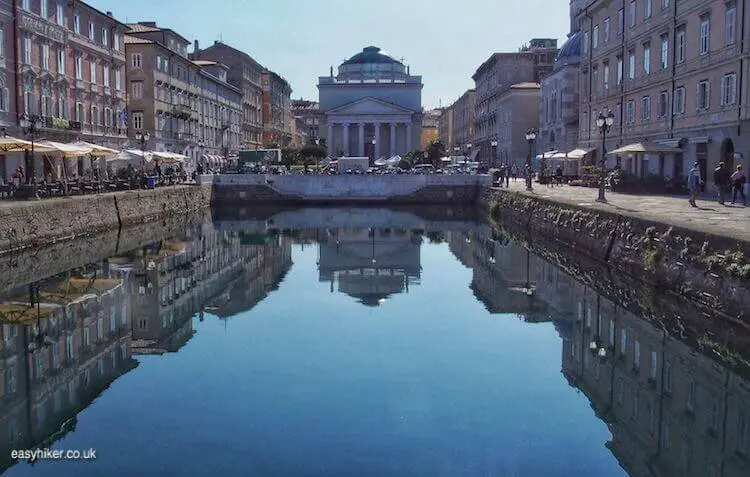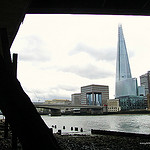The main attraction of Varese is, without a doubt, the Sacro Monte del Rosario. This is not to say that there is nothing else worthy of your attention in this handsome northern Italian town.
Varese has a colourful city centre …

… that has developed around the town’s historic core of medieval cathedral and baptistry …

… and that also features patrician town houses …
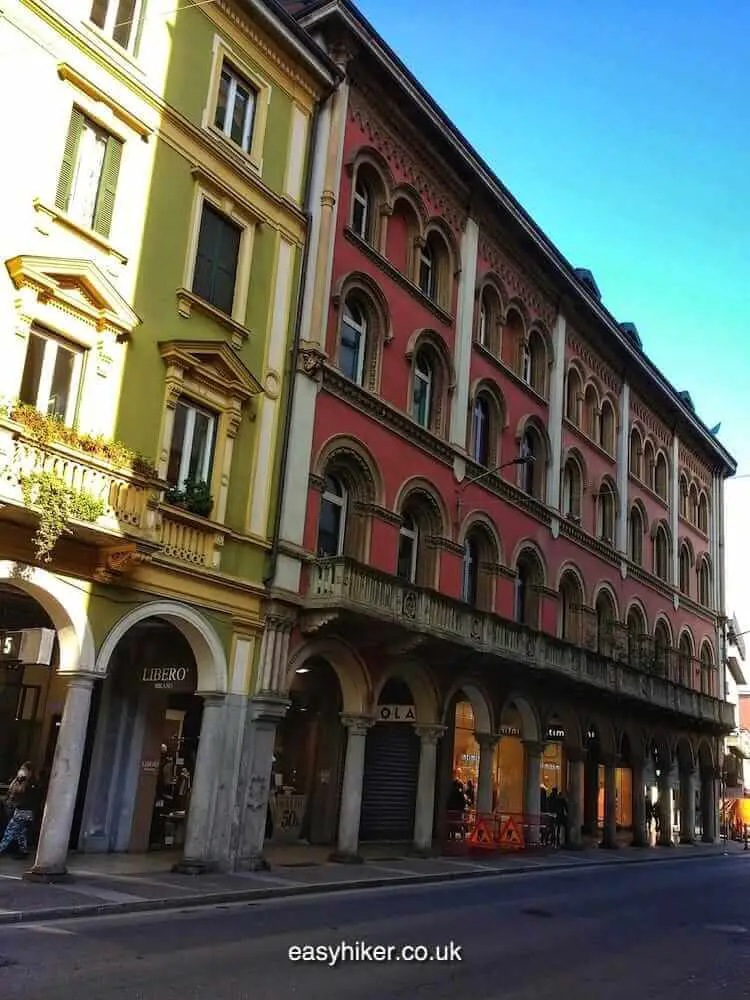
… as well as picturesque side alleys in which you can happily lose yourself on a pleasant urban walk.
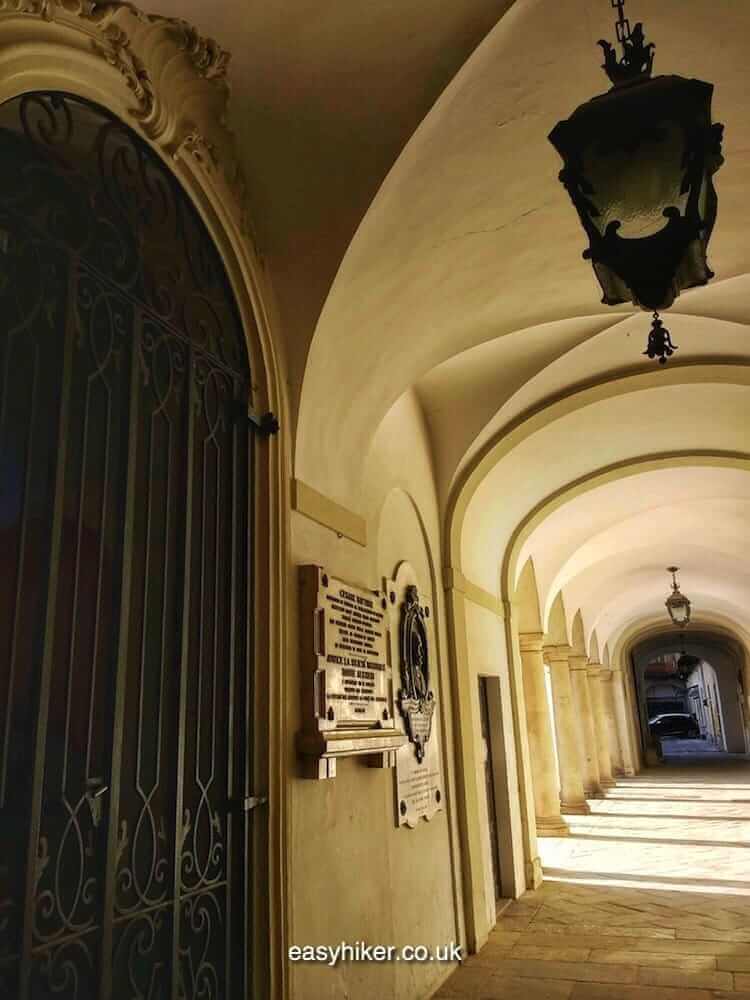
Varese’s main street is a charming mix of the contemporary and the old …
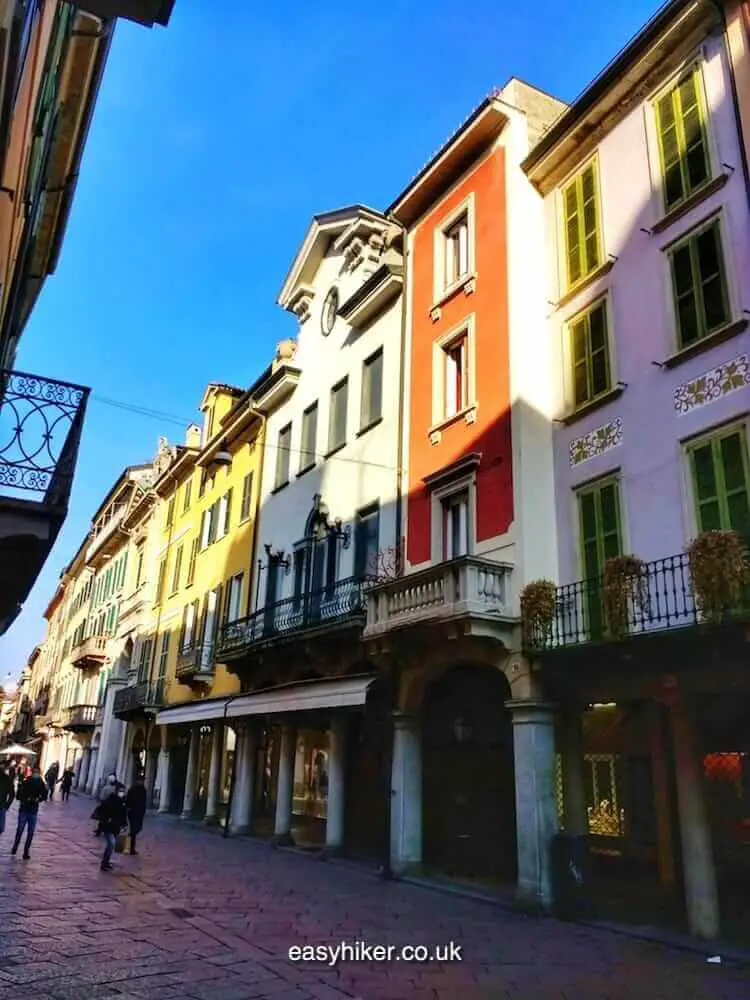
… but the town’s long history always manages to break through the modern veneer, and the custodians of Varese’s urban fabric have found clever ways of displaying the hidden history of their city in an understated and non-intrusive manner.
Discovering the Garden City of Varese
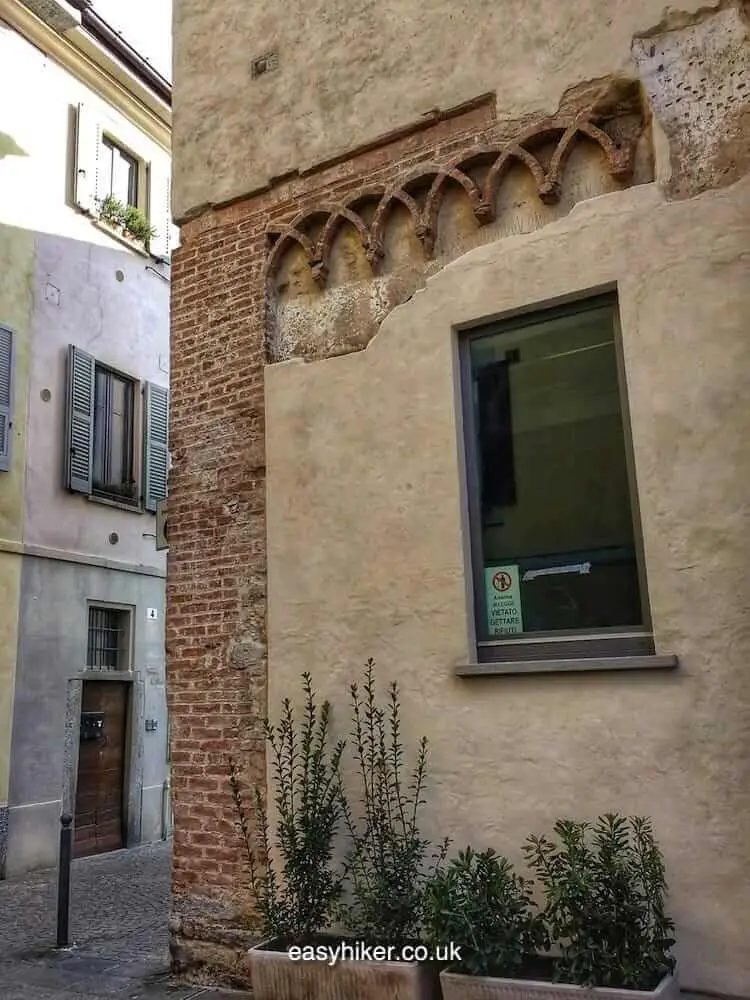
In Italy, meanwhile, Varese is mainly known for two things. Firstly, there is its unfortunate micro-climate. Varese is known as the ice-box of Italy, the country’s Buffalo if you so wish, inasmuch as, for some not-entire-obvious reasons, it regularly experiences far lower temperatures than its neighbours and may very well be the coldest town in Italy.
It is also the wettest: Varese receives 1500 mm of precipitation per year, almost 50 percent more than Manchester, the rainfall capital of England – which surely must be the gold standard of wetness.
Secondly and on a more pleasant note, it is also known as the Città Giardino, the Garden City of Varese.
The most famous of the parks and gardens in and around Varese are the Giardini Estensi, generally considered as one of the most beautiful public gardens in Northern Italy if not in the entire country.
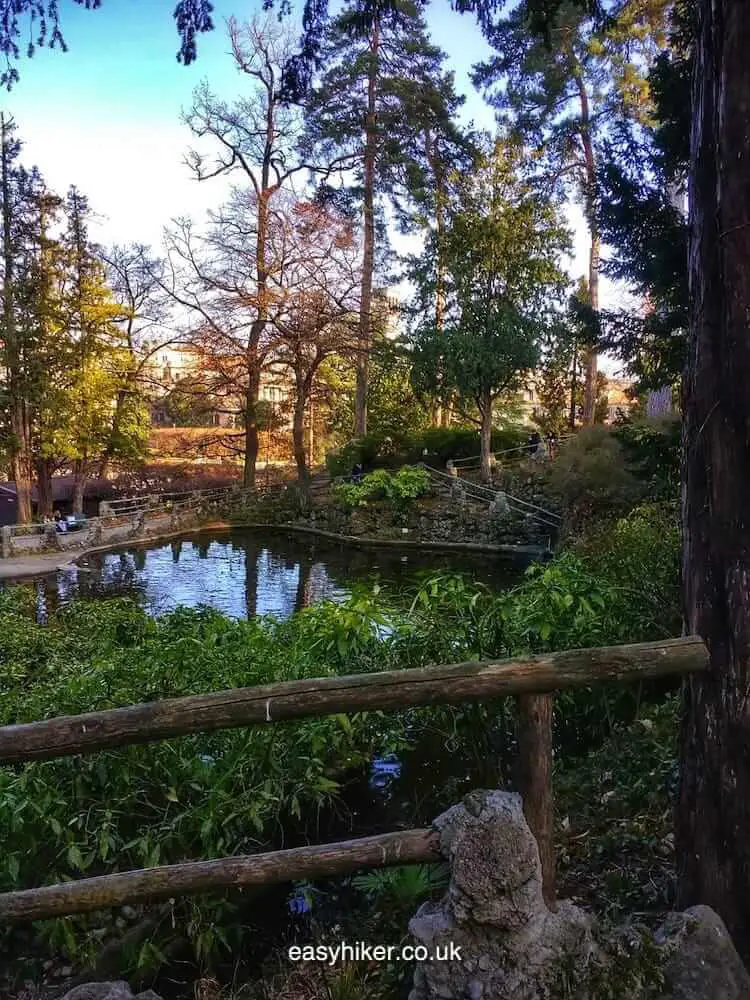
The public park in its modern version combines the gardens of two formerly separate properties: the Villa Mirabello and the Palazzo Estense, described by Stendhal as a “little Versailles”.
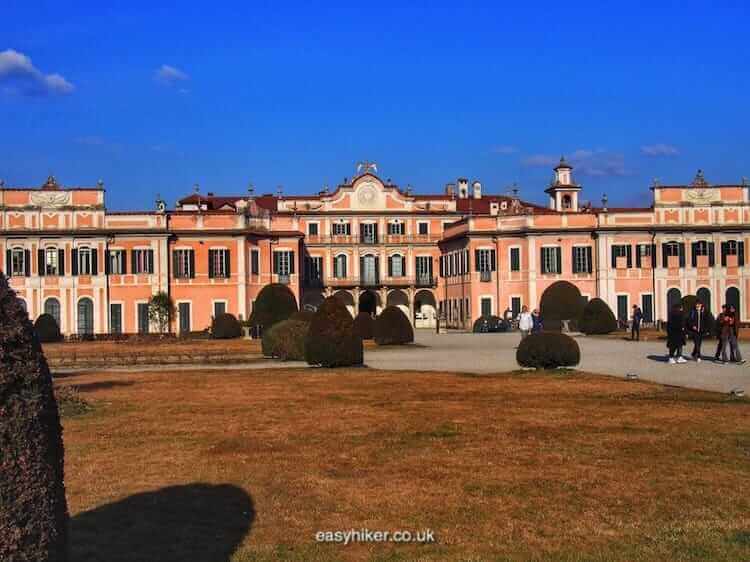
In fact, however, the Palazzo Estense would be more properly described as a “little Schönbrunn”, because the man who had it built in 1760, the provincial governor Duke Francesco d’Este, clearly took his inspiration from the Imperial residence in Vienna.
Francesco d’Este had spent some time in Vienna as a guest of the Imperial Court and when he returned to Italy, having received the province of Varese as a fief from Empress Maria Theresia, the Duke instructed Giuseppe Bianchi, the architect of the gubernatorial mansion, to produce a somewhat scaled-down version of Schönbrunn Castle.
Bianchi was given more of a free hand for the creation of the gardens which appear to betray relatively little of the 18th century’s predilection for stiff formality.
The imperatives of balance and symmetry are often ignored in favour of “Romantic” effects …
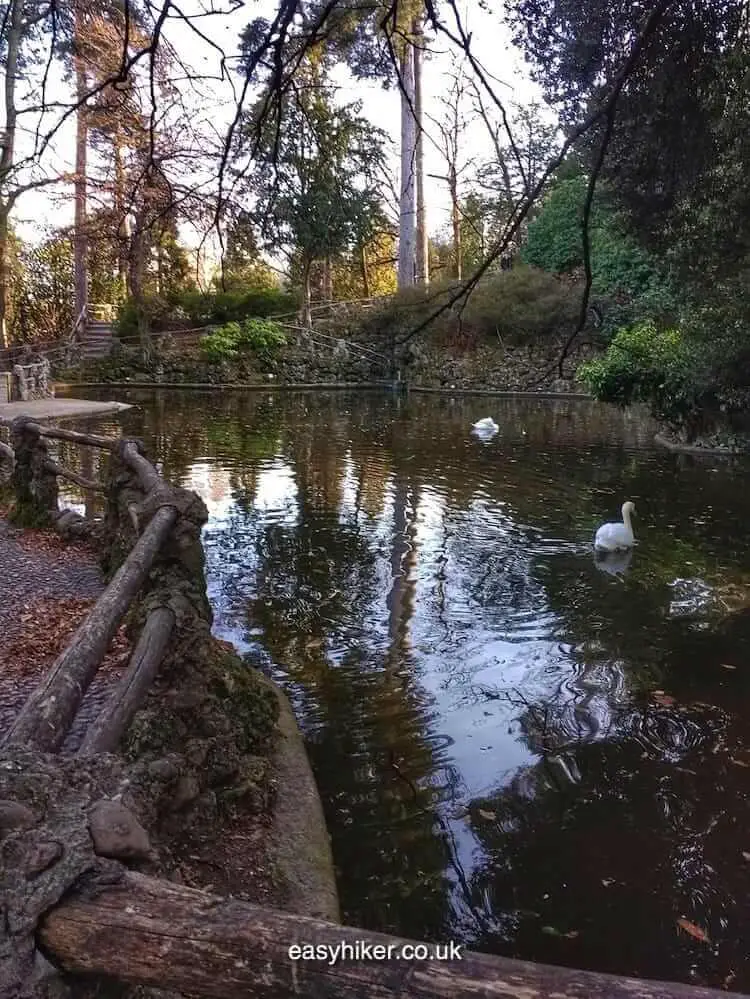
… although it is difficult to establish how much of the current design still reflects the intentions of the original landscaping architects.
Much has been changed over the centuries, particularly following the conversion of the gardens into a public park. This conversion also involved a merger of Bianchi’s landscaping design with the gardens of the Villa Mirabello, …
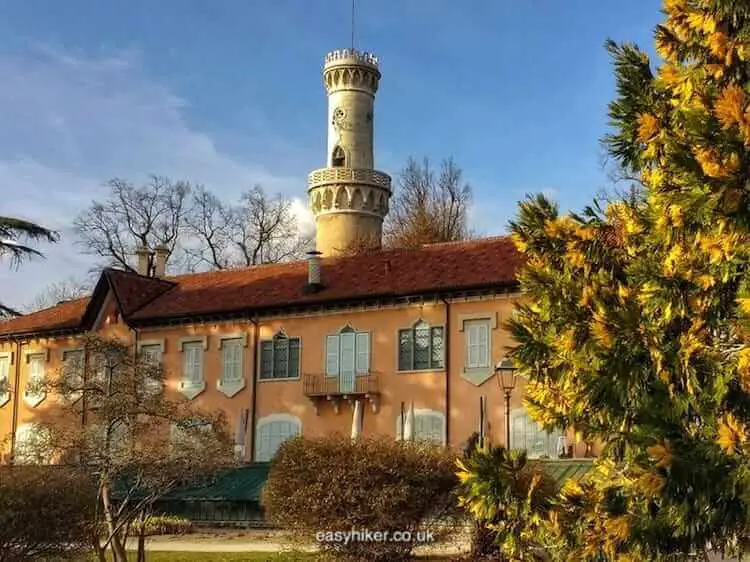
… a neighbouring property that was originally built in 1725 for a different owner. Both this Villa and its surrounding gardens received a radical facelift in the 1840s.
You can visit the Villa Mirabello which houses the municipal museum (while the Palazzo Estense, the home of the municipal government, is closed to the public), but unless you have a vivid interest in archaeology and the pre-history of Western Lombardy, you may find this a less than fully absorbing experience.
It may be better therefore to concentrate on the gardens which provide rather splendid entertainment and much variety. One moment, you are in an Austrian forest …
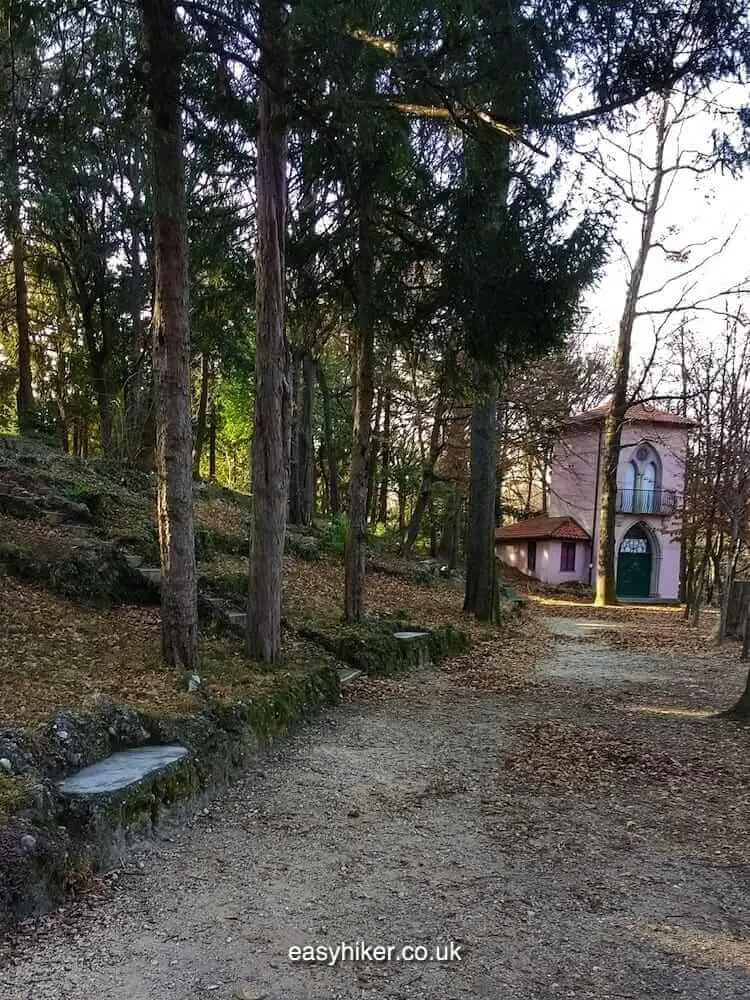
… only to find yourself, after the next turn, surrounded by subtropical lushness.
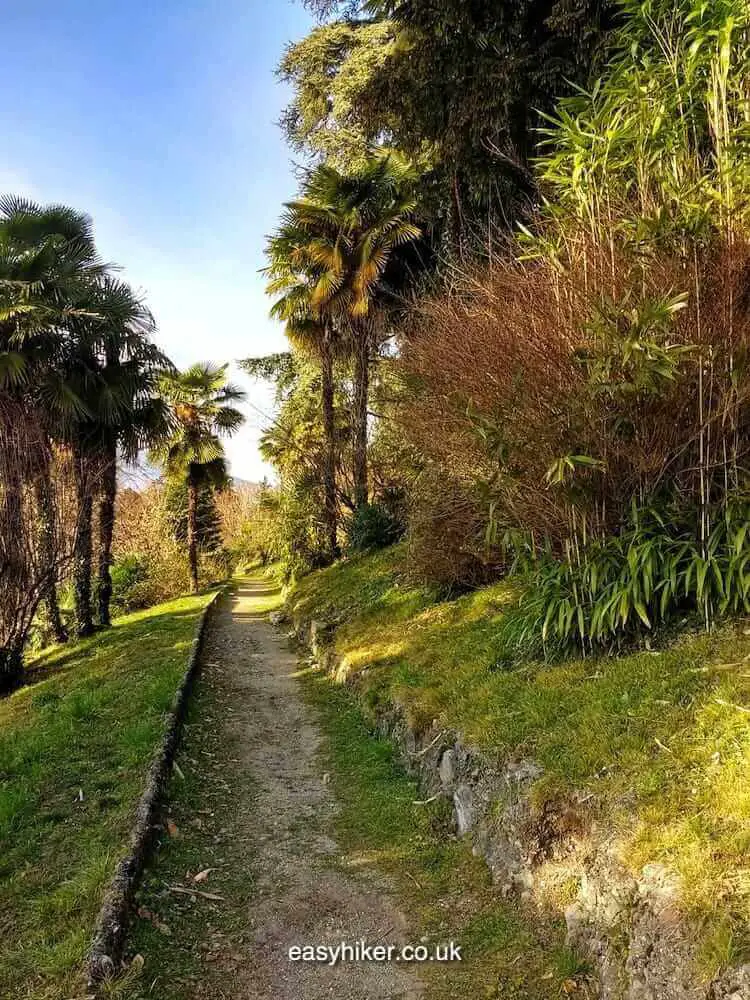
The winding paths and tree-grown embankments make the gardens feel much larger than they really are. A gentle stroll through the Giardini Estensi can easily occupy the best part of your afternoon and provides a great finale for your day after a trip to the Sacro Monte.
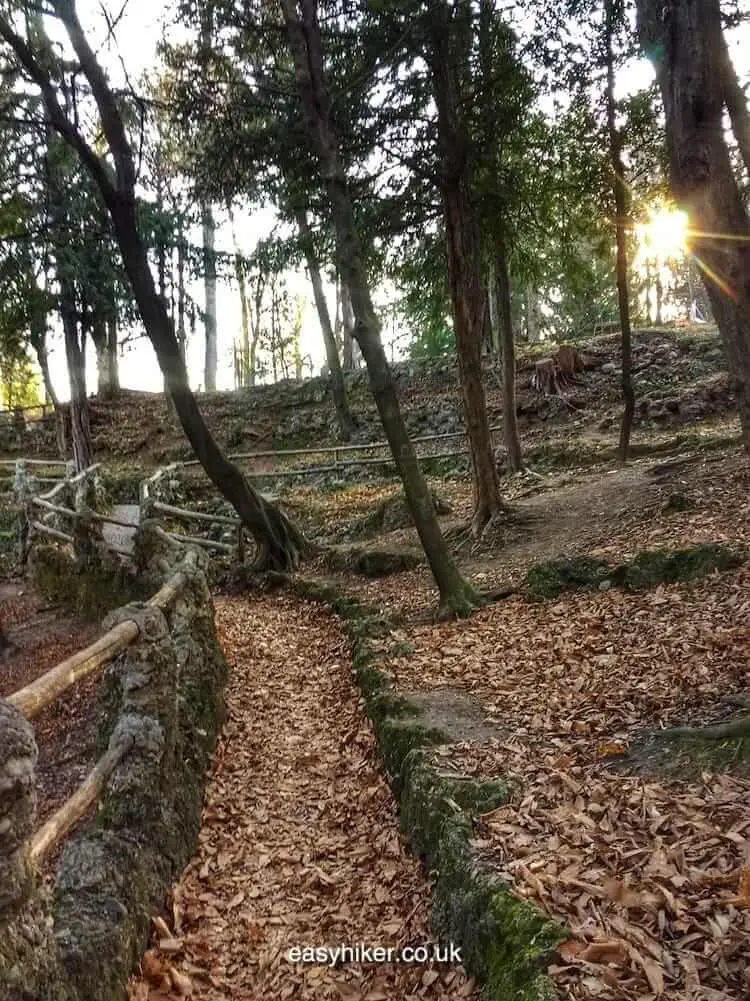
Finally, two important bits of practical advice. If you are traveling to Varese from Como on a day trip (trains take just over 40 minutes), bring an ID because the mainline train passes through Switzerland, and travel documents may be controlled at the border in Chiasso.
Secondly, you also may have to change trains at the Swiss town of Mendrisio. If so, you should look closely at the exact identification of the departing train’s platform. If the information board says “2CD”, for example, your train will depart from the last two sections of the platform.
Departing trains often arrive joined in the middle and are then separated, one half (platform “2AB” in our example) returning to where you just came from.
This means that, if you board the wrong coach, you are about to experience the most anti-climactic day trip you have ever undertaken. So watch out, check the destination on the electronic signboard in the train window and ask other passengers if you are unsure.

